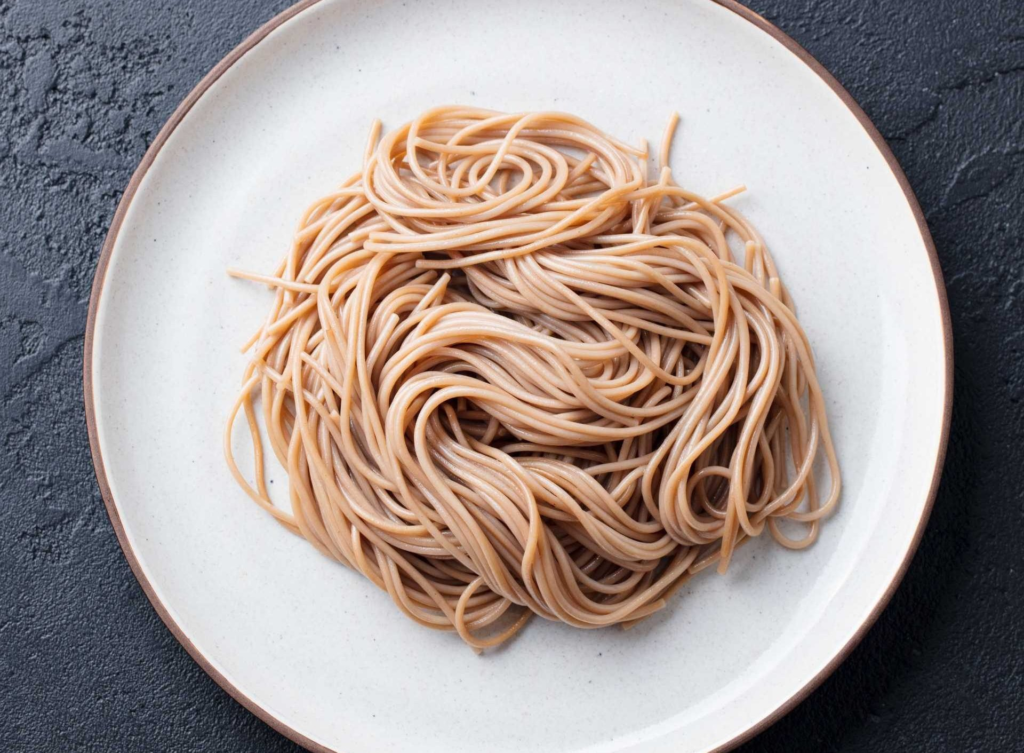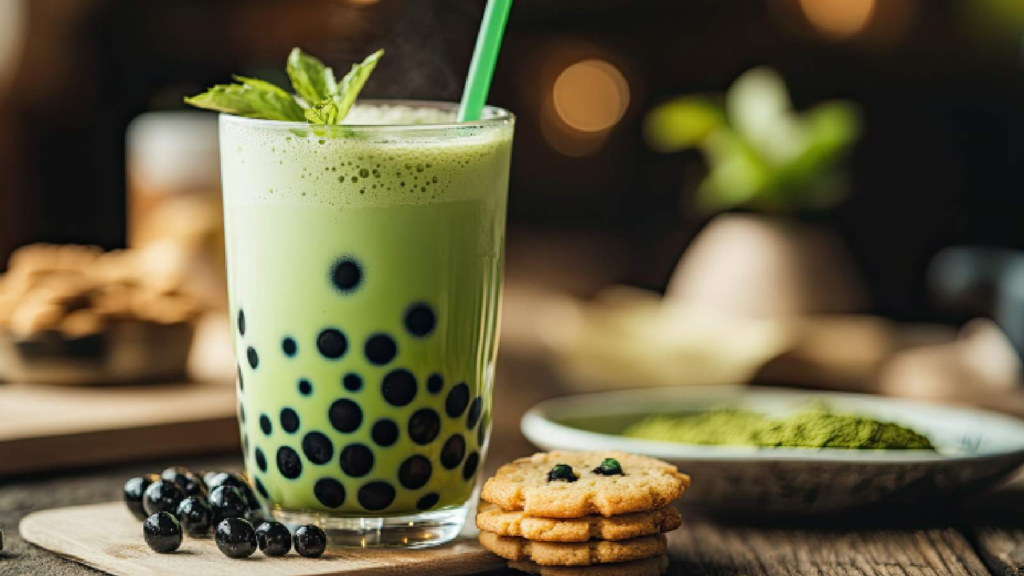Savor the Goodness: Japanese Dishes for a Healthier You
When it comes to healthy eating, Japanese cuisine and korean food stands out as a shining example of balance, simplicity, and nourishment. Rooted in centuries of tradition, Japanese food emphasizes fresh, seasonal ingredients, mindful preparation, and a harmonious blend of flavors. From vibrant sushi to comforting miso soup, Japanese dishes are not only delicious but also incredibly beneficial for overall health and well-being. In this blog post, we’ll dive into some of the most popular Japanese dishes that promote healthy living and explore why they are so good for you.
1. Sushi and Sashimi: Freshness at Its Finest

Sushi and sashimi are perhaps the most iconic Japanese dishes, celebrated worldwide for their delicate flavors and artistic presentation. Sushi typically consists of vinegared rice paired with raw or cooked fish, vegetables, or egg, while sashimi is thinly sliced raw fish served without rice.
Health Benefits:
- Rich in Omega-3 Fatty Acids: Fish like salmon, tuna, and mackerel are staples in sushi and sashimi, providing heart-healthy omega-3s that support brain function and reduce inflammation.
- Low in Calories: Sushi and sashimi are generally low in calories, making them a great option for weight management.
- High in Protein: Fish and seafood are excellent sources of lean protein, which helps build and repair tissues.
- Minimal Processing: These dishes rely on fresh, unprocessed ingredients, ensuring you get maximum nutrients without added preservatives or unhealthy fats.
Tips for Healthy Eating:
- Opt for brown rice sushi for added fiber.
- Avoid excessive soy sauce, as it can be high in sodium.
- Choose sushi with vegetables or lean fish to keep it light and nutritious.
2. Miso Soup: A Gut-Friendly Staple

Miso soup is a traditional Japanese soup made from fermented soybean paste (miso), dashi (a broth made from fish or seaweed), and ingredients like tofu, seaweed, and green onions. It’s a comforting dish often served as part of a Japanese breakfast or alongside meals.
Health Benefits:
- Probiotics for Gut Health: Miso is a fermented food rich in probiotics, which support a healthy gut microbiome and improve digestion.
- Rich in Antioxidants: The fermentation process increases the antioxidant content of miso, helping to combat oxidative stress and inflammation.
- Low in Calories: Miso soup is light yet satisfying, making it a great addition to any meal without adding excess calories.
- Nutrient-Dense: Ingredients like seaweed and tofu provide essential vitamins and minerals, including iodine, calcium, and iron.
Tips for Healthy Eating:
- Use low-sodium miso paste to reduce salt intake.
- Add plenty of vegetables like spinach, mushrooms, or carrots for extra nutrients.
3. Tempura: A Lighter Take on Fried Food

Tempura is a Japanese dish consisting of seafood or vegetables coated in a light batter and deep-fried until crispy. While frying might not sound healthy, Japanese tempura is surprisingly light and less greasy compared to other fried foods.
Health Benefits:
- Minimal Oil Absorption: The batter used in tempura is thin and airy, allowing less oil to be absorbed during frying.
- Nutrient-Rich Fillings: Tempura often features vegetables like sweet potatoes, bell peppers, and eggplant, which retain their nutrients even after cooking.
- Balanced Meal: When paired with steamed rice and a side of dipping sauce, tempura can be part of a balanced meal.
Tips for Healthy Eating:
- Enjoy tempura in moderation as an occasional treat.
- Pair it with a side of steamed vegetables or a salad to balance the meal.
4. Soba Noodles: A Wholesome Alternative

Soba noodles are thin, nutty-flavored noodles made from buckwheat flour, often served cold with a dipping sauce or hot in a broth. They are a popular choice for those seeking a healthier alternative to wheat-based noodles.
Health Benefits:
- Gluten-Free Option: Buckwheat is naturally gluten-free, making soba noodles a great choice for those with gluten sensitivities.
- High in Fiber: Buckwheat is rich in dietary fiber, which aids digestion and promotes satiety.
- Rich in Nutrients: Soba noodles contain essential nutrients like magnesium, manganese, and B vitamins.
- Low Glycemic Index: Buckwheat has a lower glycemic index compared to refined grains, helping to stabilize blood sugar levels.
Tips for Healthy Eating:
- Choose 100% buckwheat soba noodles for maximum health benefits.
- Pair with lean protein and vegetables for a balanced meal.
5. Yakitori: Grilled Goodness

Yakitori refers to skewered and grilled chicken, often seasoned with a savory-sweet sauce or simply salted. It’s a popular street food and izakaya (Japanese pub) dish.
Health Benefits:
- High-Quality Protein: Chicken is a lean source of protein, essential for muscle repair and growth.
- Low in Fat: Grilling reduces the need for added fats, making yakitori a healthier option compared to fried meats.
- Versatile and Balanced: Yakitori can be paired with vegetables like bell peppers or mushrooms for added nutrients.
Tips for Healthy Eating:
- Opt for lean cuts of chicken, such as breast meat.
- Limit the amount of sauce to reduce sugar and sodium intake.
6. Natto: A Superfood for the Brave

Natto is a traditional Japanese dish made from fermented soybeans, known for its strong flavor and sticky texture. While it may be an acquired taste, natto is a nutritional powerhouse.
Health Benefits:
- Rich in Probiotics: Like miso, natto is a fermented food that supports gut health.
- High in Vitamin K2: Natto is one of the best sources of vitamin K2, which is essential for bone and heart health.
- Packed with Protein: Soybeans are a complete plant-based protein, making natto a great option for vegetarians and vegans.
- Contains Nattokinase: This enzyme has been linked to improved cardiovascular health and reduced risk of blood clots.
Tips for Healthy Eating:
- Start with small portions if you’re new to natto.
- Pair it with rice and vegetables to balance its strong flavor.
7. Matcha: The Ultimate Antioxidant Boost

While not a dish, matcha deserves a mention for its incredible health benefits. This vibrant green tea powder is made from finely ground tea leaves and is a staple in Japanese tea ceremonies.
Health Benefits:
- High in Antioxidants: Matcha is packed with catechins, which help fight free radicals and reduce inflammation.
- Boosts Metabolism: The combination of caffeine and L-theanine in matcha provides sustained energy and may aid in weight loss.
- Calming Effect: L-theanine promotes relaxation and mental clarity, making matcha a great alternative to coffee.
Tips for Healthy Eating:
- Enjoy matcha as a tea or add it to smoothies and baked goods.
- Choose high-quality, ceremonial-grade matcha for the best flavor and health benefits.
Why Japanese Cuisine Promotes Healthy Living
The health benefits of Japanese cuisine go beyond individual dishes. The Japanese approach to eating emphasizes:
- Portion Control: Meals are served in smaller portions, encouraging mindful eating.
- Seasonal Ingredients: Fresh, seasonal produce ensures maximum nutrient intake.
- Balance: Meals often include a variety of food groups, such as fish, vegetables, rice, and fermented foods, providing a well-rounded diet.
- Minimal Processing: Japanese cooking relies on simple techniques that preserve the natural flavors and nutrients of ingredients.
Final Thoughts
Japanese cuisine offers a treasure trove of delicious and nutritious dishes that can support a healthy lifestyle. By incorporating these popular Japanese foods into your diet, you can enjoy a wide range of health benefits while savoring the unique flavors of Japan. Whether you’re a fan of sushi, miso soup, or matcha, there’s something for everyone in this culinary tradition. So, why not take a page from Japan’s book and embrace the art of healthy, mindful eating? Your body and taste buds will thank you!














Post Comment